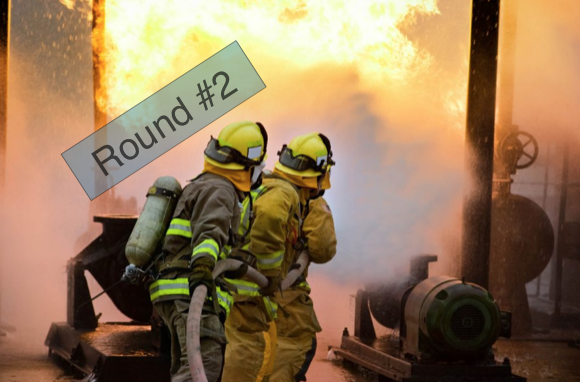
by Charlie Bausman
Last week, we asked MTI Fire/Rescue Athletes three questions regarding air management techniques when the air supply in their self-contained breathing apparatus (SCBA) runs low while responding to a fire call.
- What technique do you employ?
- What technique does your department teach
- Are you aware of any other techniques besides Skip and R-EBT
Here is the summary by question of the responses.
- Technique Employed: No specific technique used. Responders stated that they were aware of both methods, however, they tended to utilize their own methods for training and real-life scenarios. The priorities were on the individual to have the confidence and competency with the SCBA, and the ability to minimize panic (and therefore reducing breathing rate) while in dangerous situations.
- Technique Taught: The techniques taught varied. It appears that academies introduce the Skip and R-EBT methods, but young firefighters are encouraged to develop their own best method. The end state that they must achieve a technique that will have a calming effect, reducing breathing rate. Self-awareness is described as being key in the low air situation, so that you may recognize you’re in trouble and take the proper corrective steps.
- Techniques beside Skip and R-EBT: No other official technique was stated, although the individuals had created their own methods of calming and slowing breathing through personal testing and experiences.
Overall, training and experience are critical to the proficiency and safety of the firefighter during a fire call. In an article by P.J. Norwood and Frank Ricci, the authors emphasize that training must employ increasing levels of stress inoculation to develop the individual’s confidence and experience with low air situations. These stressors, to include a no-air flow situation training, should be implemented early on in the training schedule.
A study in air management and physiological responses, firefighters were put through a series of testing on stair climbing and fifth-floor rescue utilizing a 30-minute cylinder. During this stress testing, over half of the firefighter’s low air alarm sounded (25% air remaining) in 12 minutes or less. This study focused on the physical stressors and air consumption with no environmental stressors (fire, smoke). The authors stressed that the 30-minute cylinder title was misleading, dangerous, and should not be used.
Questions, Comments, Feedback? Email coach@mtntactical.com
Sources
- http://community.fireengineering.com/profiles/blog/show?id=1219672%3ABlogPost%3A588983
- http://citeseerx.ist.psu.edu/viewdoc/download?doi=10.1.1.625.8689&rep=rep1&type=pdf
